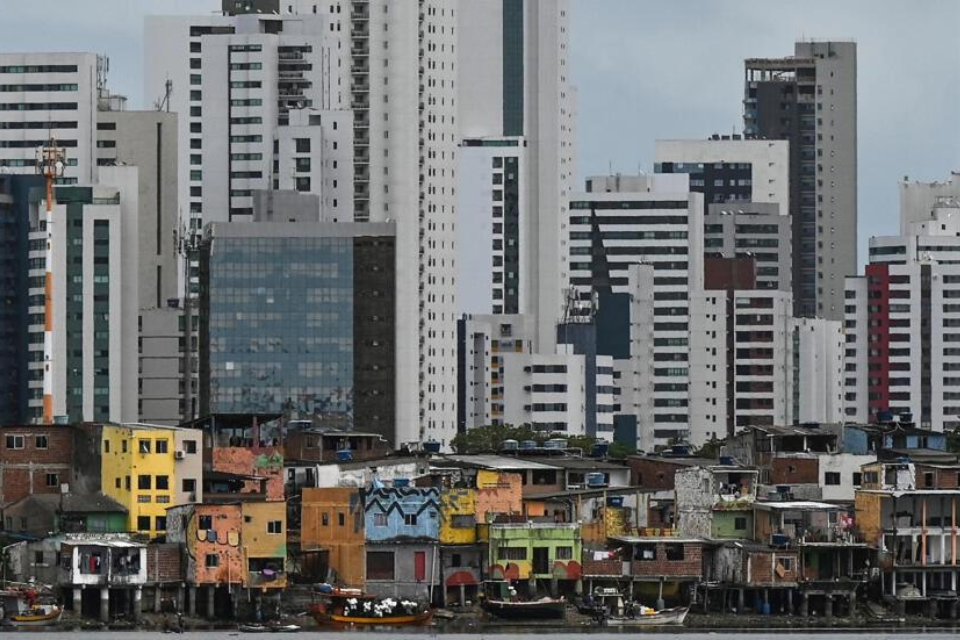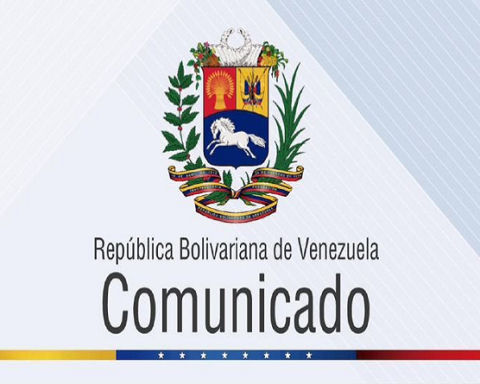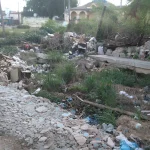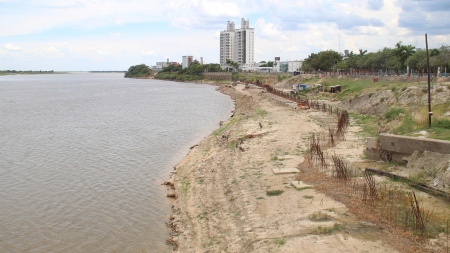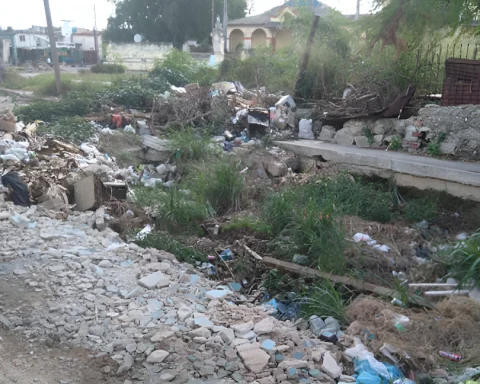The Inter-American Development Bank (IDB) points out that the high levels of debt in Latin America drive investors to demand higher yields, therefore forcing governments to allocate resources to pay higher interest rates, instead of disposing of that money to invest in infrastructure and public services. It highlights that this situation reduces the ability to respond to future economic shocks, in addition to increasing the risk of a crisis occurring.
The total debt of Latin America and the Caribbean increased to 5.8 trillion dollars, equivalent to 117% of the regional GDP, from less than 3 trillion in 2008, revealed this Thursday, January 26, the Inter-American Development Bank (IDB), which considers the trend worrisome.
In the study “Dealing with debt, less risk for more growth in Latin America and the Caribbean”, the IDB adds that public debt in particular, went from representing 58% in 2019 to 72% in 2020 “due to fiscal packages related to covid, lower income and the recession.
High debt levels drive investors to demand higher returns, thus forcing governments to allocate resources to pay higher interest rates, rather than use that money to invest in infrastructure and public services. The situation reduces the ability to respond to future economic shocks, as well as increasing the risk of a crisis occurring.
*Read also: Why are residential rentals in Venezuela so expensive?
For this reason, governments should aim to reduce the percentage of public debt in relation to Gross Domestic Product (GDP), from an average of 70% to a range of 46%-55%, a level that the IDB considers “prudent.” Countries “dependent on volatile commodity income” should lower it further, the study says.
“Well-managed and sustainable debt can help unlock the abundant growth potential of Latin America and the Caribbean,” says Eric Parrado, chief economist at the IDB, convinced that debt can become an engine rather than a liability.
The report proposes to strengthen fiscal institutions, to prevent overspending in good times and create a cushion to deal with bad times.
The fiscal rules, which put limits on public spending, are useful, but the countries of the region “met only 57% of the objectives” that were outlined.
“The best way to reduce debt is through higher growth combined with efficient public spending and adequate public revenue,” the report concludes.
“A regional forum”
It also recommends reducing labor informality and actively managing debt repayment schedules.
“More than half of the countries in the region face a debt service (ndlr: payments) of more than 2.5% of GDP, and a quarter of them more than 5%, an amount similar to spending on education” , exemplifies the financial institution.
Latin America and the Caribbean should take advantage of multilateral development banks and other lenders that provide lower rates and longer terms than private markets.
The report advises “creating a regional forum to improve the coordination of debt restructuring processes” and complementing international initiatives focused mainly on low-income countries.
Private debt also increased before and during the pandemic.
A quarter of the countries have internal credit that reaches at least 100% of GDP, but for another quarter the figure is less than 50% of GDP.
Access “remains poor, especially for households, small and medium-sized enterprises (SMEs) and businesses run by women,” notes the IDB.
Estimates “point to a $1.8 trillion gap between the demand and supply of funds available to SMEs,” for example.
According to the IDB, the level of household indebtedness in the region “continues to be relatively low compared to international standards, standing at an average of 22% of GDP, well below other emerging economies (35%) and the developed countries (77%)”.
With information from R.F.I.
